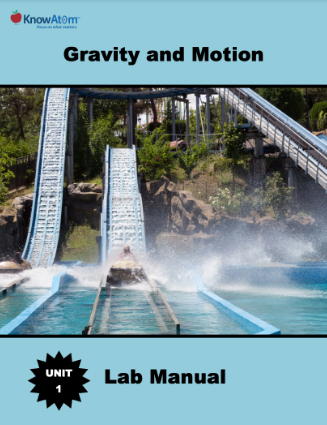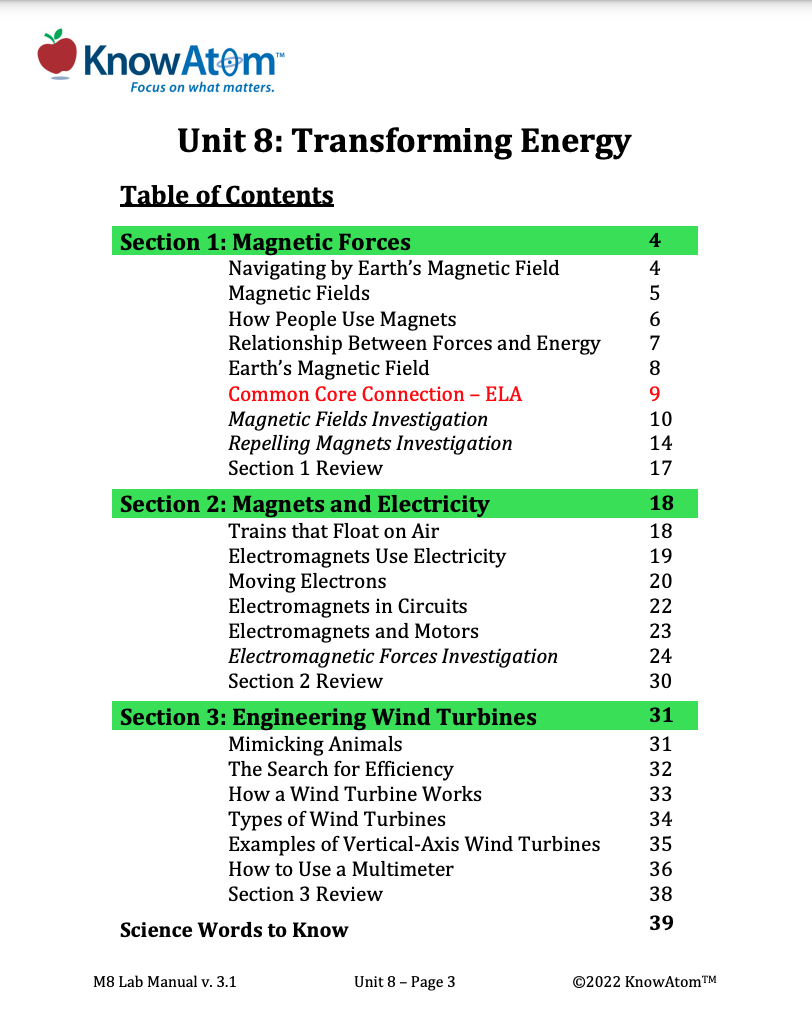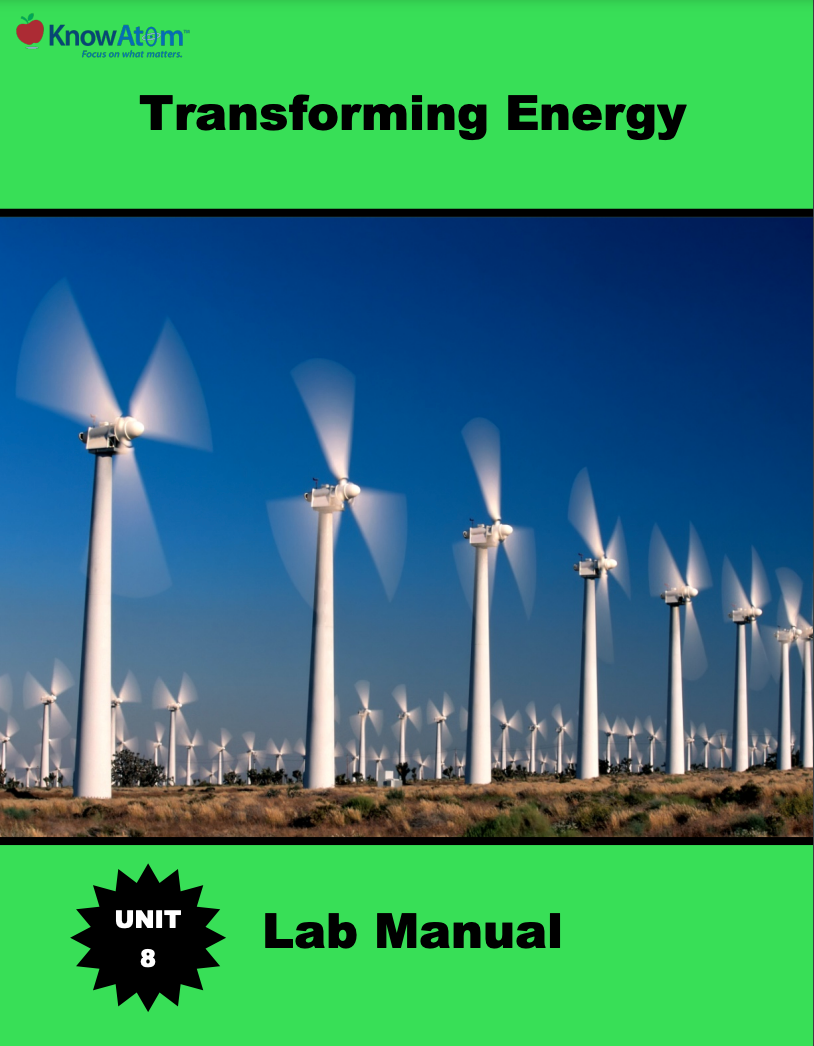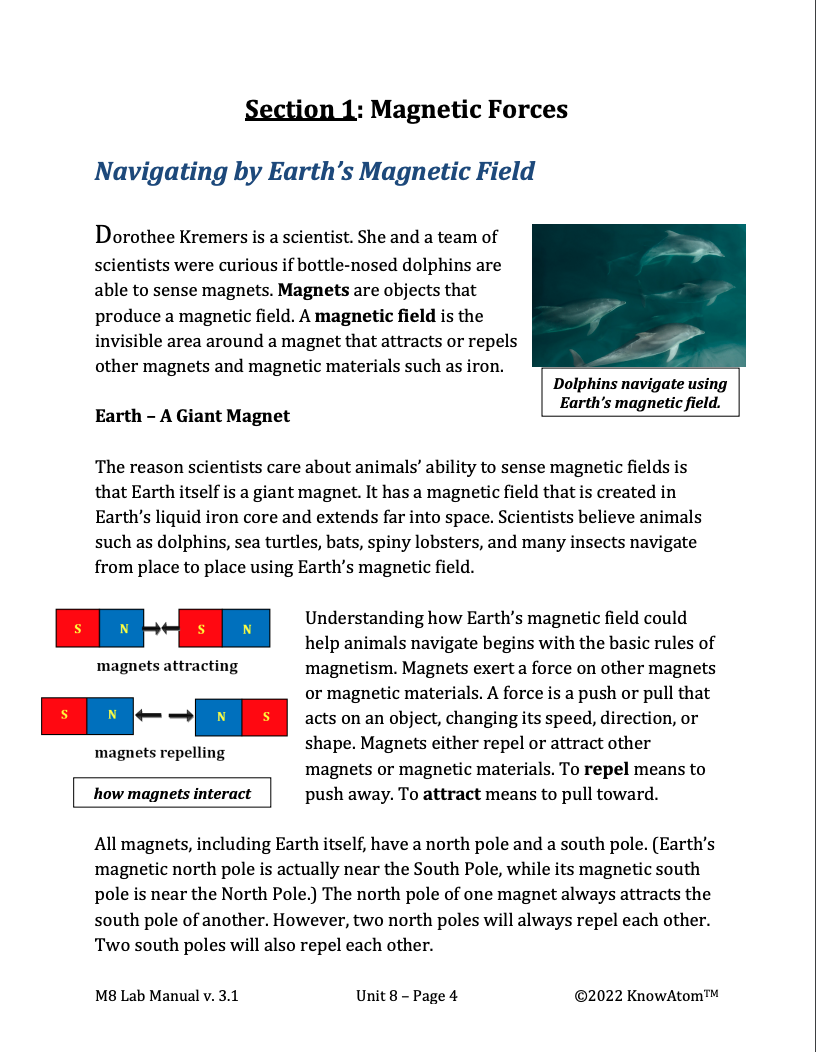
In this unit, students focus on the science phenomena of the relationship between gravity and motion, tracing how gravitational potential energy transforms to kinetic energy in different energy systems. In this lesson, they investigate the relationship between the drop height of a bouncy ball and its rebound height. This page is a high-level extract of this lesson.

In this unit, students learn about science phenomena related to ecosystems, studying how all living things interact with and depend on other living things and the environment for survival. In this lesson, students explore how humans can create solutions to protect ecosystems by designing an engineering solution for coastal erosion.This page provides an overview of this lesson.

In this unit, students connect their explorations of Earth and life sciences with physical sciences with an exploration into the science phenomena of magnetism and electricity. They investigate magnetic fields and electromagnets in this lesson. This page showcases key parts of this lesson.
.png)
In this unit, students explore phenomena related to the relationship between forces and motion and how energy is converted from one form to another in an energy system. This page is a high-level extract of the first lesson from this unit which has students investigating the connection between an object’s mass and the force needed to change its motion.
.png)
In this unit, students analyze the science phenomena of connections between energy, forces, and motion. In this lesson, students use data to construct an explanation about phenomena that occur because of the relationships between an object’s kinetic energy, its mass, and its speed. This page provides an overview of this lesson.
.png)
In this unit, students explore the relationship between the phenomena of forces and motion and how energy is converted from one form to another in an energy system. In this lesson, students design a vehicle that can travel over a surface on a cushion of air. This page highlights key parts of this lesson.

In this unit, students are introduced to the phenomena of magnetic and electric fields as they explore how objects can interact with other objects without coming into contact with them. For this lesson, students apply scientific concepts to engineer wind turbines that use a generator to produce electricity. This page provides an overview of this lesson.
Standards citation: NGSS Lead States. 2013. Next Generation Science Standards: For States, By States. Washington, DC: The National Academies Press. Neither WestEd nor the lead states and partners that developed the Next Generation Science Standards were involved in the production of this product, and do not endorse it.
